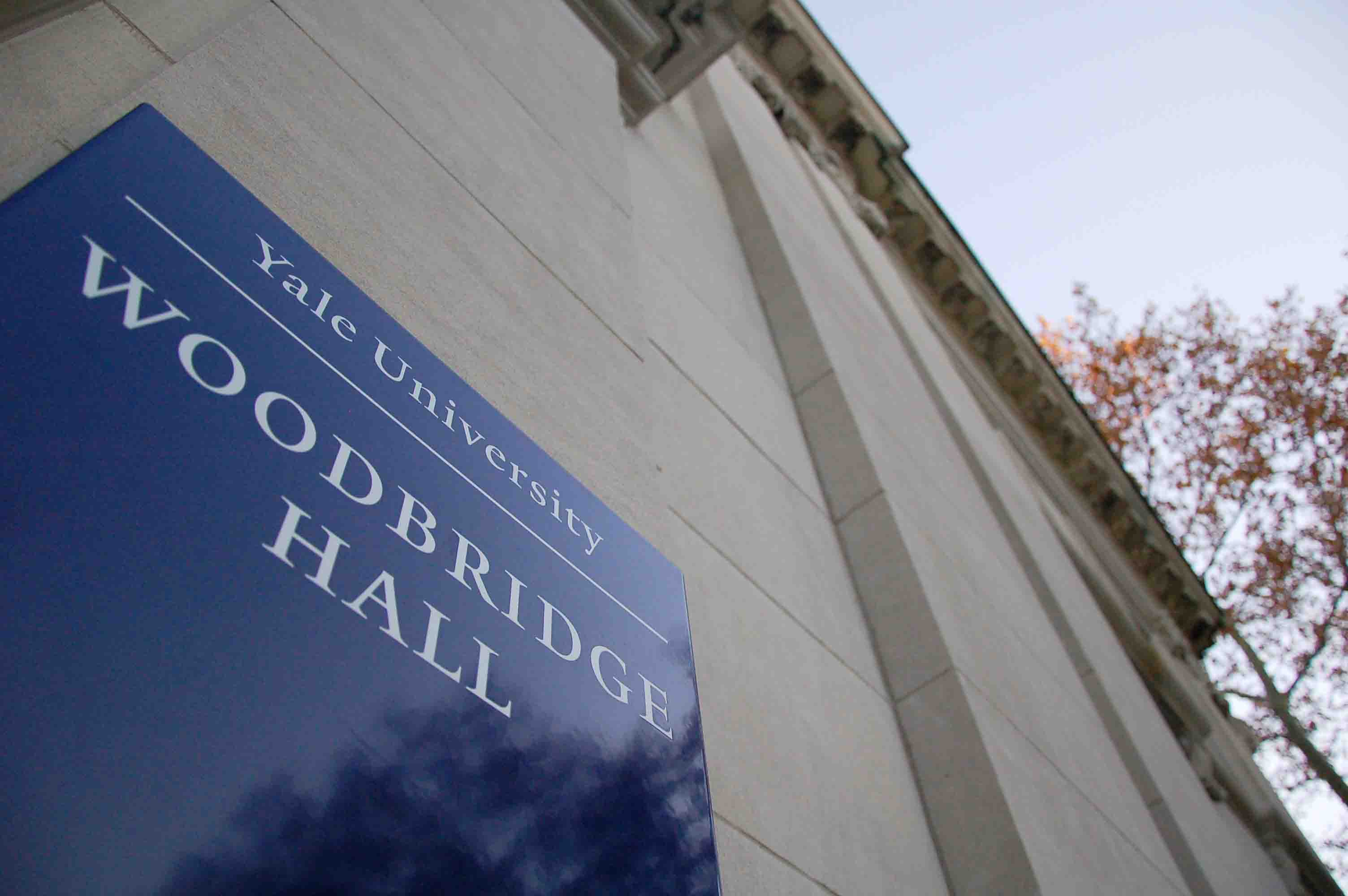
Although underrepresented minorities comprise 31 percent of Yale’s workforce, just 17 of the 123 members of Yale’s senior leadership — 14 percent — identify as racial or ethnic minorities.
In an interview with the News just months before University President Peter Salovey assumed his role in 2013, Salovey said he would work to increase diversity among Yale’s officers and management ranks. Over the past few years, Salovey has appointed six vice presidents, two of whom are women. And among the nine currently sitting deans Salovey has chosen, seven are women. But only four of the 30 members of the University Cabinet identify as members of underrepresented minority communities, according to Senior Director and Chief Diversity Officer Deborah Stanley McAulay.
“I would like to see more unrepresented minority group members in those [deanship] positions and among the vice presidents and other leadership positions,” Salovey said. “We need to constantly be on the lookout for people who would diversify the leadership who we might consider.”
When search committees for a dean or vice president form, Salovey said he encourages those committees to look for candidates who would bring diversity to the University. He said he also hopes to contribute to pipeline programs that give people experience in academic leadership. For example, Salovey said, he tries to promote diversity within the Woodbridge Fellows program, a University initiative that allows recent Yale College graduates interested in pursuing careers in higher education administration to work in an academic environment for a year.
In addition to benefitting the University, Salovey said greater representation of minorities in the University’s highest ranks would be gratifying. He added that the University hopes to develop faculty at Yale so that they can assume these high-level positions.
But the dearth of diversity among the University’s top administrators is not unique to Yale.
In 2017, the College and University Professional Association for Human Resources found that only 14 percent of higher education administrators — roughly one in seven — identify as a racial or ethnic minority. Of that portion, 7 percent identify as black, 3 percent identify as Hispanic and 2 percent identify as Asian.
According to Harvard School of Education professor Richard Chait, who specializes in higher education governance, the current makeup of higher education administrations is the result of a combination of opportunity and bias.
“Undoubtedly, there is still some intrinsic bias in the system that I think is more favorable to men,” Chait said. “They have a better network. Often the appointing authorities are themselves men.”
But the pool of candidates from minority groups is even smaller than the pool of women, he added, partly because universities have failed to adequately encourage and promote faculty of color.
According to Natasha Warikoo, associate professor at the Harvard School of Education who specializes in race and education, lack of representation at the administrative level is also a result of the dearth of racial and ethnic minorities in doctorate programs, since graduate students ultimately become the pool from which universities and colleges recruit their administrators.
Even before graduate school, white students are more likely to attend elite colleges than black and Latino students, she added. To diversify higher education administration, Warikoo said, universities should recruit more students of color to apply to graduate programs.
After graduate students begin their studies, she added, universities should offer mentoring and support to connect students with faculty positions and continue this support once they become faculty.
According to Dean of Faculty of Arts and Sciences Tamar Gendler, most faculty members who become full-time administrators begin their careers as department chairs. Of the 52 Faculty of Arts and Sciences department and program chairs, 21 are women or faculty of color. In addition to the opportunity to serve as chairs, the University offers faculty members leadership positions as directors of undergraduate studies, directors of graduate studies, and members of Faculty of Arts and Sciences-wide committees. This broadens the pool of leadership from which the University can select administrators, Gendler said.
Yale has 4,410 faculty members.
Hailey Fuchs | hailey.fuchs@yale.edu







